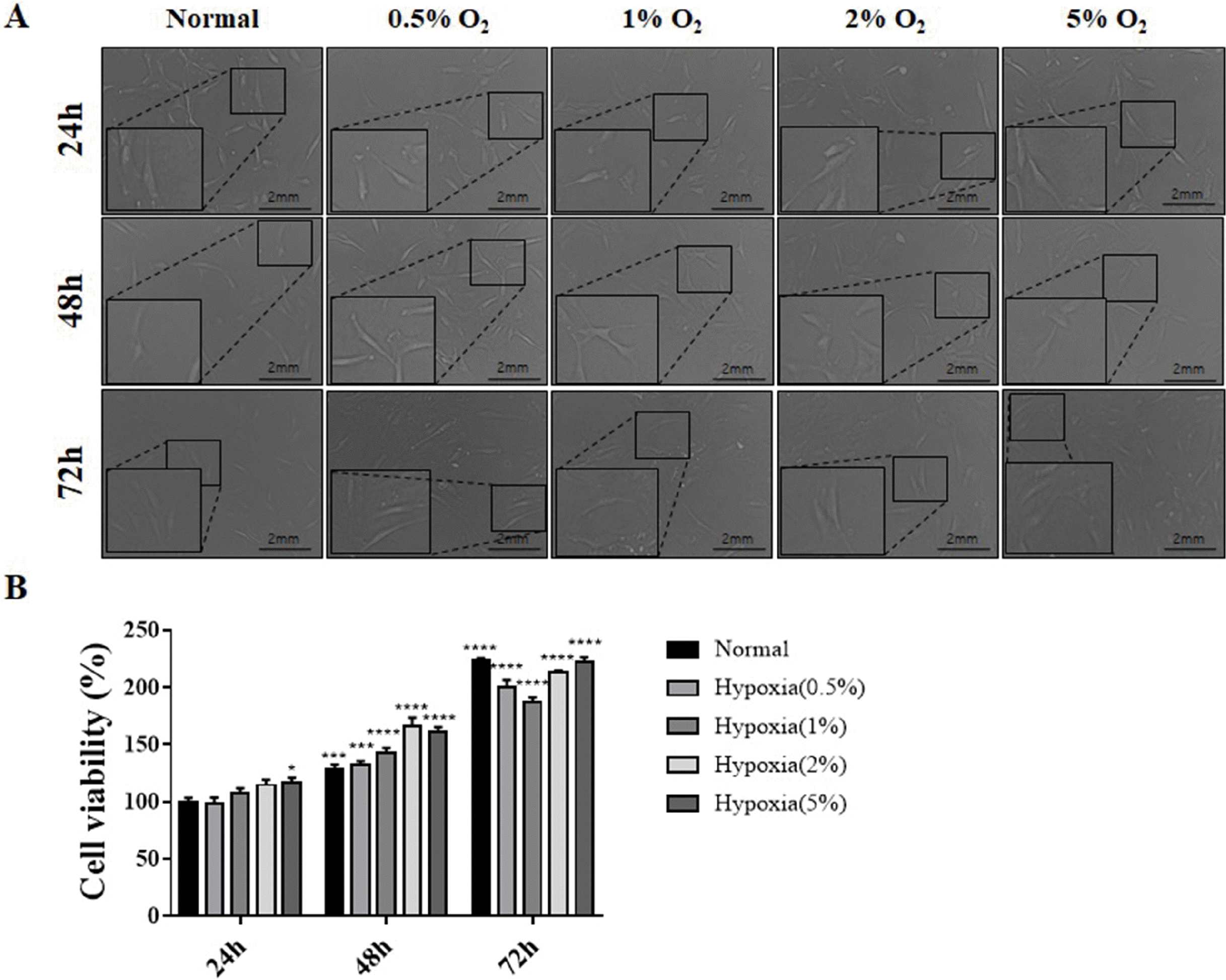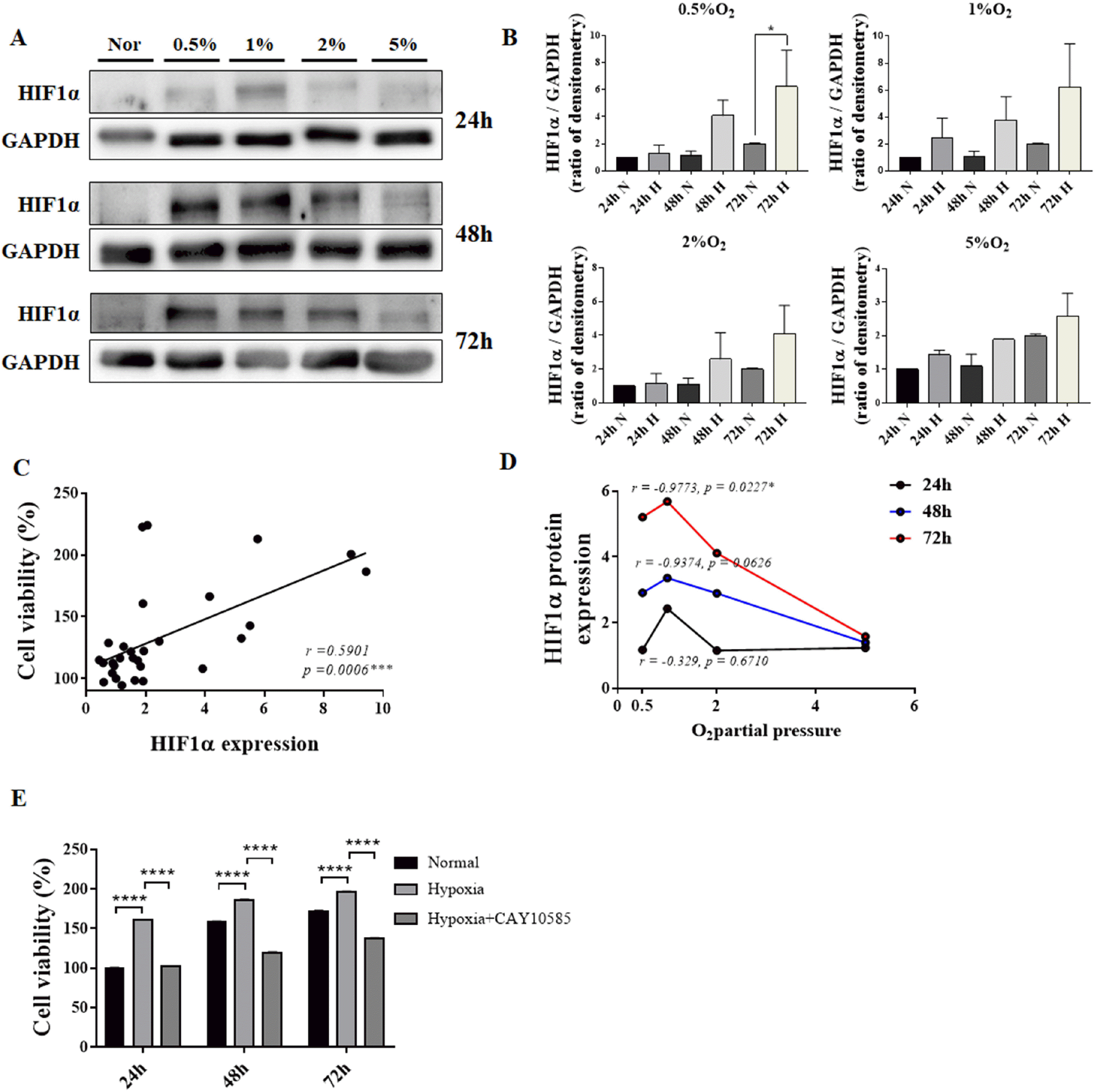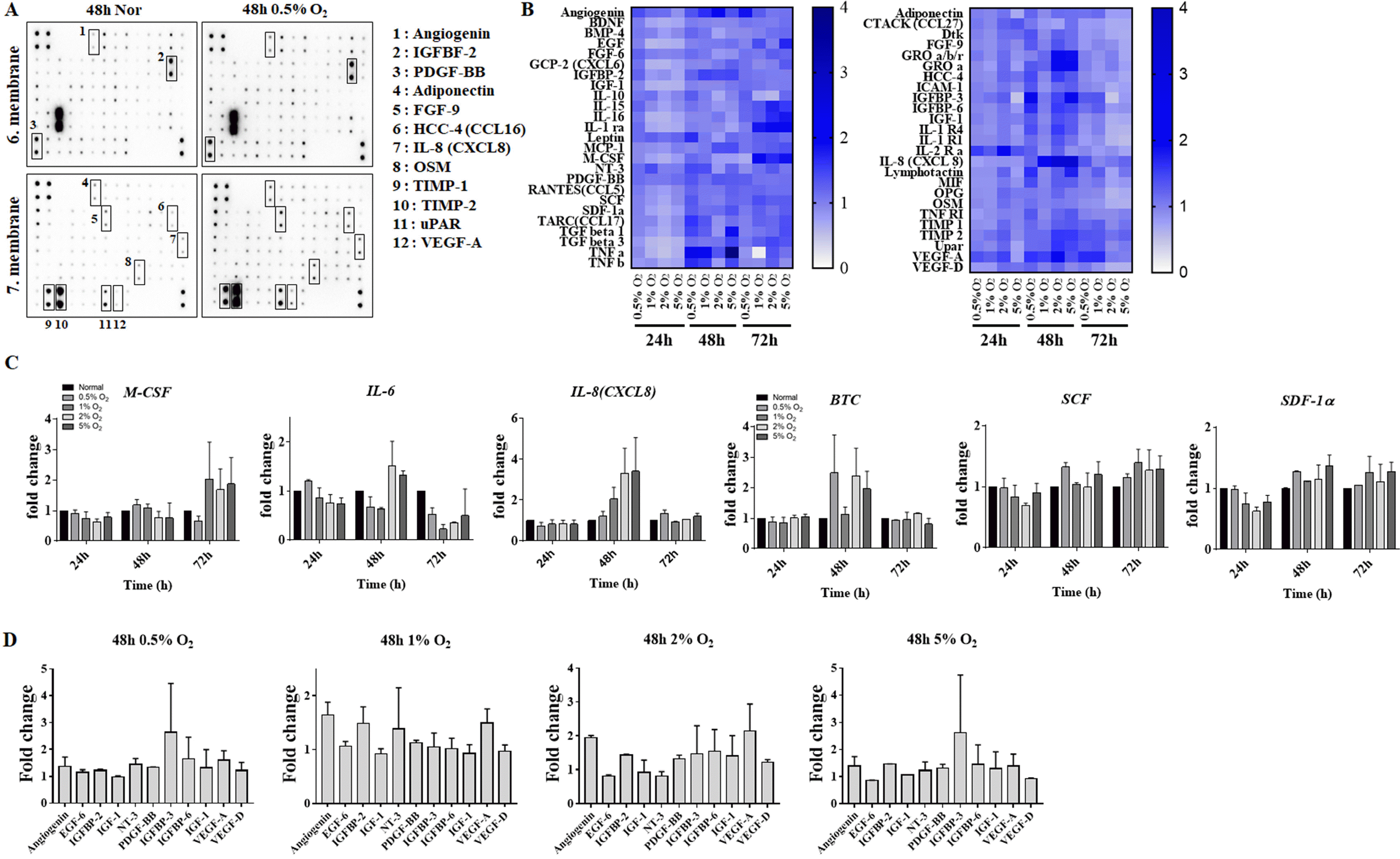2. Haque N, Rahman MT, Abu Kasim NH, Alabsi AM. 2013; Hypoxic culture conditions as a solution for mesenchymal stem cell based regenerative therapy. ScientificWorldJournal. 2013:632972. DOI:
10.1155/2013/632972. PMID:
24068884. PMCID:
PMC3771429.

3. Li O, Tormin A, Sundberg B, Hyllner J, Le Blanc K, Scheding S. 2013; Human embryonic stem cell-derived mesenchymal stroma cells (hES-MSCs) engraft in vivo and support hematopoiesis without suppressing immune function: implications for off-the shelf ES-MSC therapies. PLoS One. 8:e55319. DOI:
10.1371/journal.pone.0055319. PMID:
23383153. PMCID:
PMC3558469.

4. Wang X, Kimbrel EA, Ijichi K, Paul D, Lazorchak AS, Chu J, Kouris NA, Yavanian GJ, Lu SJ, Pachter JS, Crocker SJ, Lanza R, Xu RH. 2014; Human ESC-derived MSCs outperform bone marrow MSCs in the treatment of an EAE model of multiple sclerosis. Stem Cell Reports. 3:115–130. DOI:
10.1016/j.stemcr.2014.04.020. PMID:
25068126. PMCID:
PMC4110787.

5. Kern S, Eichler H, Stoeve J, Klüter H, Bieback K. 2006; Comparative analysis of mesenchymal stem cells from bone marrow, umbilical cord blood, or adipose tissue. Stem Cells. 24:1294–1301. DOI:
10.1634/stemcells.2005-0342. PMID:
16410387.

6. Kim DS, Kim JH, Lee JK, Choi SJ, Kim JS, Jeun SS, Oh W, Yang YS, Chang JW. 2009; Overexpression of CXC chemokine receptors is required for the superior glioma-tracking property of umbilical cord blood-derived mesenchymal stem cells. Stem Cells Dev. 18:511–519. DOI:
10.1089/scd.2008.0050. PMID:
18624673.

7. Kim SW, Han H, Chae GT, Lee SH, Bo S, Yoon JH, Lee YS, Lee KS, Park HK, Kang KS. 2006; Successful stem cell therapy using umbilical cord blood-derived multipotent stem cells for Buerger's disease and ischemic limb disease animal model. Stem Cells. 24:1620–1626. DOI:
10.1634/stemcells.2005-0365. PMID:
16497946.

8. Grayson WL, Zhao F, Bunnell B, Ma T. 2007; Hypoxia enhances proliferation and tissue formation of human mesenchymal stem cells. Biochem Biophys Res Commun. 358:948–953. DOI:
10.1016/j.bbrc.2007.05.054. PMID:
17521616.

9. Hung SP, Ho JH, Shih YR, Lo T, Lee OK. 2012; Hypoxia promotes proliferation and osteogenic differentiation potentials of human mesenchymal stem cells. J Orthop Res. 30:260–266. DOI:
10.1002/jor.21517. PMID:
21809383.

10. Razban V, Lotfi AS, Soleimani M, Ahmadi H, Massumi M, Khajeh S, Ghaedi M, Arjmand S, Najavand S, Khoshdel A. 2012; HIF-1α overexpression induces angiogenesis in mesenchymal stem cells. Biores Open Access. 1:174–183. DOI:
10.1089/biores.2012.9905. PMID:
23514846. PMCID:
PMC3559201.

11. Das R, Jahr H, van Osch GJ, Farrell E. 2010; The role of hypoxia in bone marrow-derived mesenchymal stem cells: considerations for regenerative medicine approaches. Tissue Eng Part B Rev. 16:159–168. DOI:
10.1089/ten.teb.2009.0296. PMID:
19698058.

12. Hu X, Yu SP, Fraser JL, Lu Z, Ogle ME, Wang JA, Wei L. 2008; Transplantation of hypoxia-preconditioned mesenchymal stem cells improves infarcted heart function via enhanced survival of implanted cells and angiogenesis. J Thorac Cardiovasc Surg. 135:799–808. DOI:
10.1016/j.jtcvs.2007.07.071. PMID:
18374759.

13. Wang JA, Chen TL, Jiang J, Shi H, Gui C, Luo RH, Xie XJ, Xiang MX, Zhang X. 2008; Hypoxic preconditioning attenuates hypoxia/reoxygenation-induced apoptosis in mesenchymal stem cells. Acta Pharmacol Sin. 29:74–82. DOI:
10.1111/j.1745-7254.2008.00716.x. PMID:
18158868.

14. Luo Z, Wu F, Xue E, Huang L, Yan P, Pan X, Zhou Y. 2019; Hypoxia preconditioning promotes bone marrow mesenchymal stem cells survival by inducing HIF-1α in injured neuronal cells derived exosomes culture system. Cell Death Dis. 10:134. DOI:
10.1038/s41419-019-1410-y. PMID:
30755595. PMCID:
PMC6372680.

15. Liu J, Hao H, Xia L, Ti D, Huang H, Dong L, Tong C, Hou Q, Zhao Y, Liu H, Fu X, Han W. 2015; Hypoxia pretreatment of bone marrow mesenchymal stem cells facilitates angiogenesis by improving the function of endothelial cells in diabetic rats with lower ischemia. PLoS One. 10:e0126715. DOI:
10.1371/journal.pone.0126715. PMID:
25996677. PMCID:
PMC4440823.

16. Xiong X, Sun Y, Wang X. 2020; HIF1A/miR-20a-5p/TGFβ1 axis modulates adipose-derived stem cells in a paracrine manner to affect the angiogenesis of human dermal microvascular endothelial cells. J Cell Physiol. 235:2091–2101. DOI:
10.1002/jcp.29111. PMID:
31368162.

17. van Es MA, Schelhaas HJ, van Vught PW, Ticozzi N, Andersen PM, Groen EJ, Schulte C, Blauw HM, Koppers M, Diekstra FP, Fumoto K, LeClerc AL, Keagle P, Bloem BR, Scheffer H, van Nuenen BF, van Blitterswijk M, van Rheenen W, Wills AM, Lowe PP, Hu GF, Yu W, Kishikawa H, Wu D, Folkerth RD, Mariani C, Goldwurm S, Pezzoli G, Van Damme P, Lemmens R, Dahlberg C, Birve A, Fernández-Santiago R, Waibel S, Klein C, Weber M, van der Kooi AJ, de Visser M, Verbaan D, van Hilten JJ, Heutink P, Hennekam EA, Cuppen E, Berg D, Brown RH Jr, Silani V, Gasser T, Ludolph AC, Robberecht W, Ophoff RA, Veldink JH, Pasterkamp RJ, de Bakker PI, Landers JE, van de Warrenburg BP, van den Berg LH. 2011; Angiogenin variants in Parkinson disease and amyotrophic lateral sclerosis. Ann Neurol. 70:964–973. DOI:
10.1002/ana.22611. PMID:
22190368. PMCID:
PMC5560057.

18. Whitney KE, Liebowitz A, Bolia IK, Chahla J, Ravuri S, Evans TA, Philippon MJ, Huard J. 2017; Current perspectives on biological approaches for osteoarthritis. Ann N Y Acad Sci. 1410:26–43. DOI:
10.1111/nyas.13554. PMID:
29265418.

19. Koay EJ, Athanasiou KA. 2008; Hypoxic chondrogenic differentiation of human embryonic stem cells enhances cartilage protein synthesis and biomechanical functionality. Osteoar-thritis Cartilage. 16:1450–1456. DOI:
10.1016/j.joca.2008.04.007. PMID:
18541445.

20. Khan WS, Adesida AB, Hardingham TE. 2007; Hypoxic conditions increase hypoxia-inducible transcription factor 2alpha and enhance chondrogenesis in stem cells from the infrapatellar fat pad of osteoarthritis patients. Arthritis Res Ther. 9:R55. DOI:
10.1186/ar2211. PMID:
17537234. PMCID:
PMC2206341.
21. Scherer K, Schünke M, Sellckau R, Hassenpflug J, Kurz B. 2004; The influence of oxygen and hydrostatic pressure on articular chondrocytes and adherent bone marrow cells in vitro. Biorheology. 41:323–333. PMID:
15299265.
22. Lennon DP, Edmison JM, Caplan AI. 2001; Cultivation of rat marrow-derived mesenchymal stem cells in reduced oxygen tension: effects on in vitro and in vivo osteochondrogenesis. J Cell Physiol. 187:345–355. DOI:
10.1002/jcp.1081. PMID:
11319758.

23. Abdollahi H, Harris LJ, Zhang P, McIlhenny S, Srinivas V, Tulenko T, DiMuzio PJ. 2011; The role of hypoxia in stem cell differentiation and therapeutics. J Surg Res. 165:112–117. DOI:
10.1016/j.jss.2009.09.057. PMID:
20080246. PMCID:
PMC2891942.








 PDF
PDF Citation
Citation Print
Print


 XML Download
XML Download